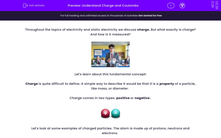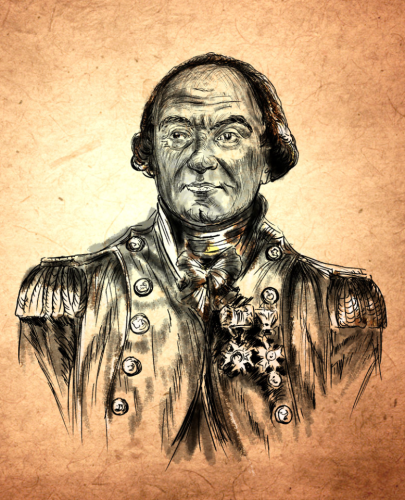Throughout the topics of electricity and static electricity we discuss charge. But what exactly is charge? And how is it measured?
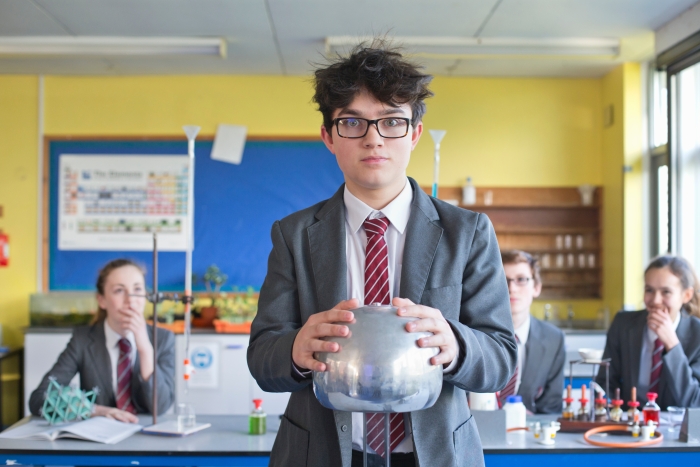
Let's learn about this fundamental concept!
Charge is quite difficult to define. A simple way to describe it would be that it is a property of a particle, like mass, or diameter.
Charge comes in two types: positive or negative.
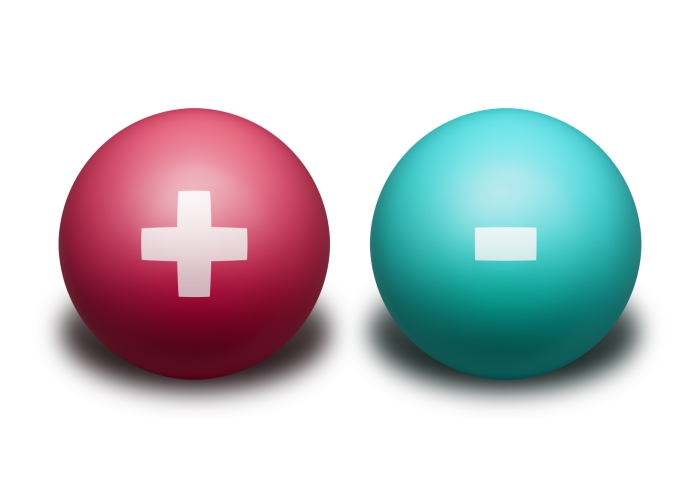
Let's look at some examples of charged particles. The atom is made up of protons, neutrons and electrons.
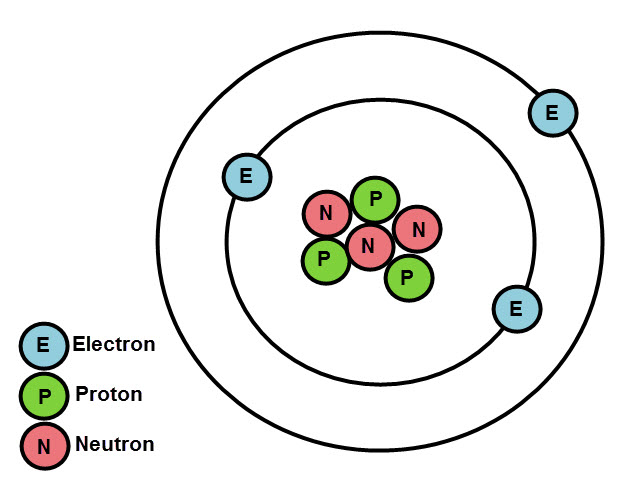
Protons have a positive charge. Electrons have the same amount of charge as protons, but they are negative.
Neutrons do not have a charge - we say that they are neutral.
Atoms have equal numbers of protons and electrons, which means that overall, atoms are neutral.
How do we measure charge?
This is Charles-Augustin de Coulomb, a scientist born in 1736. He did a great deal of research in many areas, but he is most well known for his work in understanding the electrostatic force.
Coulomb explained mathematically how positive and negative charges attract and repel. The unit we use to measure charge is named after him.
Charge is measured in Coulombs (C).
One Coulomb is a really large amount of charge. As an example, a single bolt of lightning transfers about 15 Coulombs of charge.

Electrons and protons have tiny amounts of charge. The electron has a charge of -0.00000000000000000016 C!
When discussing protons and electrons, to make things simpler, we normally use their relative charge instead. We say that electrons have a relative charge of -1 and protons have a relative charge of +1.
When dealing with small numbers in science, we sometimes use the prefix 'milli' to help us. For example, one millimetre is one-thousandth of a metre.
Similarly, we can say that one millicoulomb (mC) is the same as one-thousandth of a coulomb.
To convert from coulomb to millicoulomb, you need to multiply by 1000.
To convert from millicoulomb to coulomb, you need to divide by 1000.
Question: What is 0.025 C in mC?
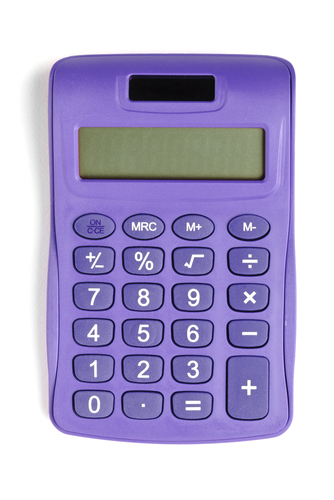
Answer: We need to multiply by 1000.
0.025 × 1000 = 25 mC
The charge of an object tells us whether it will attract or repel other objects.
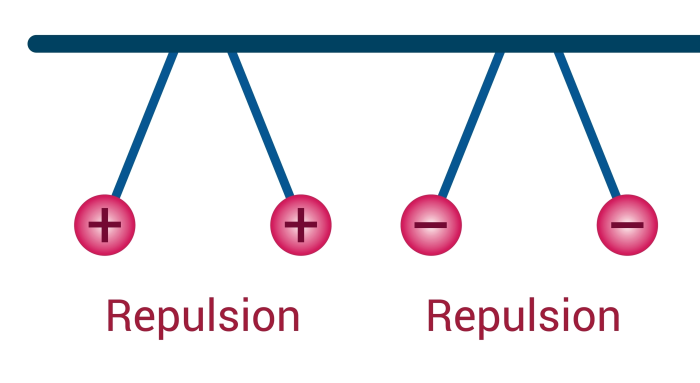
Like charges always repel each other. Positive repels positive and negative repels negative.

Opposite charges attract. Negative attracts positive.
If there are two neutral objects, there is no electrostatic force between them.
Now let's try some questions!

